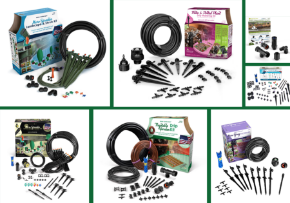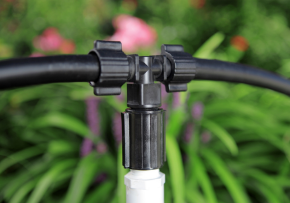Memorial Day weekend is here. Is it just another holiday or does it really mean something to us? Trip to the lake, the beach? Cookouts and hangouts are the order of the day. The release of a new Hollywood blockbuster at the theater is always something to look forward to? Finally, let’s all admit it having a Monday off is pretty cool.
Sacrifice, honor, bravery, determination, youth, selflessness, service… These words do not quite match what is described up above. What they do relate to is the true meaning of this holiday weekend. Memorial Day dates back to our American Civil War it was first celebrated to honor the fallen Union soldiers of that war. Soon after that, every last Monday in May has been set aside to honor every person that has given their life in the service of the Armed Forces of the United States of America. Was it your grandfather in WWll, an uncle or father in Vietnam? Could it be a brother or sister wife or husband in Iraq or the war against terrorism? We all know someone.
Every year at this time, take a small amount of time to be thankful for the ultimate sacrifice they have given so we might enjoy the freedoms we have. Every privilege we have as Americans has been earned by the giving of a life. From everyone at Mister Landscaper, thank you. We are proud to be Made in the U.S.A.
Celebrate safely this weekend.












